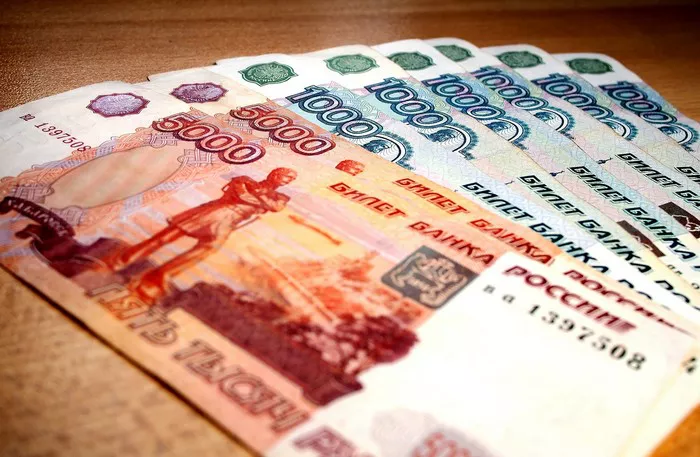Foreign exchange (forex) trading is a dynamic financial activity where traders speculate on currency fluctuations to generate profits. The exchange rate between the Russian ruble (RUB) and the euro (EUR) is of particular interest to traders, investors, and businesses engaged in international transactions. Whether you are looking to convert 200 rubles to euros for travel, business, or trading purposes, understanding the factors that influence exchange rates is crucial.
This article provides a comprehensive overview of the RUB/EUR exchange rate, its historical trends, key factors affecting currency valuation, and effective trading strategies to navigate the forex market.
Understanding the RUB/EUR Exchange Rate
The RUB/EUR exchange rate represents the value of one Russian ruble in terms of the euro. For instance, if the exchange rate is 1 RUB = 0.010 EUR, then 200 rubles would be worth 2 euros. Exchange rates fluctuate based on supply and demand in the forex market, making it essential to monitor trends before making conversions or trading decisions.
Historical Trends of the RUB/EUR Pair
Over the years, the RUB/EUR exchange rate has experienced significant volatility due to geopolitical events, economic policies, and macroeconomic indicators.
Before 2014, the ruble maintained relative stability against the euro, often trading between 40-50 RUB per EUR.
2014-2015 Crisis: Due to Western sanctions following Russia’s annexation of Crimea and a sharp decline in oil prices, the ruble devalued drastically, reaching nearly 80 RUB per EUR.
2016-2019: The currency stabilized within a range of 65-75 RUB per EUR as the Russian economy adjusted to sanctions and found alternative trade partners.
2020-2022: The COVID-19 pandemic, along with fluctuating oil prices and new geopolitical tensions, caused another wave of depreciation, with the ruble reaching over 90 RUB per EUR.
2022-Present: The ongoing geopolitical situation, particularly the Russia-Ukraine conflict and subsequent economic sanctions, led to extreme volatility, with the RUB/EUR rate fluctuating between 50 and 150 RUB per EUR at different periods.
Key Factors Affecting the RUB/EUR Exchange Rate
Several economic and political factors influence the exchange rate between the ruble and the euro. Understanding these factors can help traders and investors make informed decisions.
1. Geopolitical Events and Sanctions
Political stability plays a crucial role in determining the strength of a currency. Sanctions imposed on Russia by Western nations have led to capital outflows, reduced investor confidence, and depreciation of the ruble.
2. Oil Prices
Russia is one of the world’s largest oil exporters. Since oil is priced in U.S. dollars, fluctuations in oil prices directly impact Russia’s revenue and, consequently, the ruble’s strength. When oil prices fall, Russia earns fewer dollars, weakening the ruble against other currencies, including the euro.
3. Interest Rate Policies
The Russian Central Bank‘s monetary policy decisions significantly affect the exchange rate. Higher interest rates typically attract foreign investment, strengthening the ruble. Conversely, lower rates can lead to capital flight, weakening the currency.
4. Inflation Rates
A high inflation rate in Russia relative to the Eurozone can erode the purchasing power of the ruble, making it less valuable against the euro. Central banks aim to manage inflation through monetary policies, affecting exchange rates in the process.
5. Trade Balance
The balance of trade between Russia and the European Union (EU) influences the exchange rate. A trade surplus (more exports than imports) generally strengthens the ruble, while a trade deficit (more imports than exports) can weaken it.
Trading Strategies for RUB/EUR Forex Trading
For forex traders, the RUB/EUR pair presents both risks and opportunities. Here are some effective trading strategies to navigate the market:
1. Trend Following Strategy
This strategy involves identifying and following long-term trends in the RUB/EUR exchange rate. If the ruble is weakening, traders may take short positions, while strengthening trends offer buying opportunities.
2. Carry Trade Strategy
A carry trade involves borrowing a currency with a low-interest rate (such as the euro) and investing in a currency with a higher interest rate (such as the ruble, when the Russian Central Bank offers high rates). However, traders must consider geopolitical risks and potential currency depreciation.
3. News-Based Trading
Traders monitor key economic news, such as inflation reports, central bank meetings, and geopolitical developments, to predict short-term price movements in the RUB/EUR exchange rate.
4. Scalping and Day Trading
Short-term traders use technical analysis and indicators like moving averages, Bollinger Bands, and the Relative Strength Index (RSI) to profit from small price movements throughout the day.
5. Hedging Strategy
Businesses and investors who have exposure to the ruble can use hedging strategies, such as forex options and forward contracts, to minimize exchange rate risk.
Converting 200 Rubles to Euros: Practical Considerations
If you need to convert 200 rubles to euros, consider the following:
Exchange Rates at Banks vs. Forex Platforms: Banks and online forex platforms offer different exchange rates. Compare rates before making a transaction.
Transaction Fees: Some financial institutions charge service fees for currency exchanges, which can affect the final amount received.
Market Timing: Exchange rates fluctuate, so timing your conversion can impact the value you receive.
Conclusion
The RUB/EUR exchange rate is influenced by various economic, political, and financial factors. Understanding these dynamics is crucial for forex traders, investors, and individuals looking to exchange 200 rubles to euros. By utilizing effective trading strategies such as trend following, carry trade, and news-based trading, forex participants can navigate market volatility and make informed decisions.
Whether you are a casual exchanger or a seasoned forex trader, keeping a close watch on economic indicators, geopolitical events, and central bank policies will help you maximize the value of your currency transactions. As the forex market continues to evolve, staying updated with real-time developments will be key to successful trading and currency conversions.
Related Topics:
- Does Russia Make a Gold Coin?
- How Much Was One Ruble Worth in 1986?
- Current Exchange Rate: How Much is $50 US in Russia?


